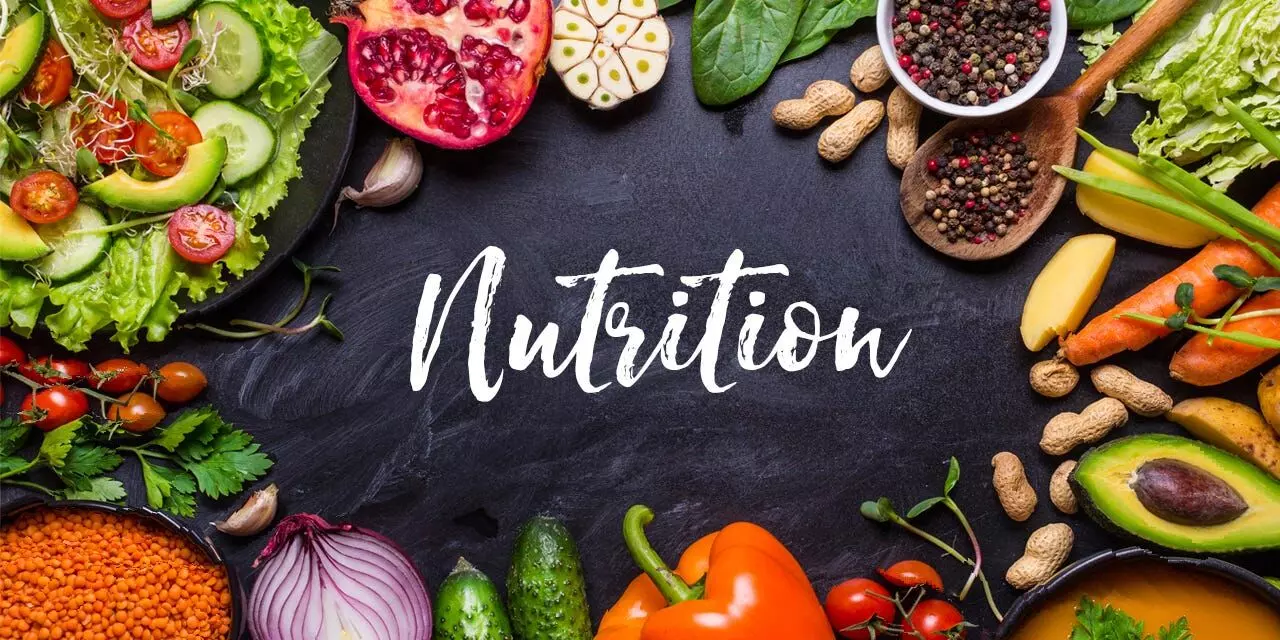How to Solve India’s Nutritional Crisis?
From improving food security and fortification to enhancing nutrition education and healthcare, learn how comprehensive strategies can combat malnutrition and promote a healthier future for all.
Importance of Nutrition

India has been facing a significant nutritional crisis, characterized by widespread stunting, wasting, and micronutrient deficiencies, particularly among children and women. This situation is further worsened by poverty, food insecurity, and a lack of awareness about balanced diets. The consequences of malnutrition are profound, leading to stunted physical growth, impaired cognitive development, increased vulnerability to diseases, and reduced productivity—impacting individual well-being and the country's socio-economic growth.
Current Challenges and Solutions
1. Food Security and Access
Ensuring access to nutritious food for all remains a challenge, particularly in the context of climate change, inflation, and disruptions like the COVID-19 pandemic. Food insecurity has increased in rural and urban impoverished areas, contributing to undernutrition.
Solution: Strengthening agricultural policies that promote sustainable farming, improving Public Distribution System (PDS) efficiency, and expanding programs like the National Food Security Act (NFSA) to ensure that nutritious food reaches marginalized populations. Social safety nets, including cash transfers and food assistance, should be expanded to protect vulnerable groups from economic shocks.
2. Nutrition Education and Awareness
Lack of knowledge about the importance of a balanced diet contributes to poor nutritional outcomes. The consumption of ultra-processed foods is rising, particularly in urban areas, increasing the prevalence of obesity and related lifestyle diseases.
Solution: Public health campaigns tailored for modern platforms, such as social media and mobile apps, can effectively educate people about the benefits of balanced and diverse diets. Schools and community programs should also emphasize nutrition education from a young age, fostering lifelong healthy eating habits.
3. Fortification of Staple Foods
Micronutrient deficiencies like anemia, due to iron deficiency, remain a critical issue, especially among women and children. Fortifying staple foods can help combat these deficiencies on a large scale.
Solution: Scaling up fortification efforts for common foods like rice, wheat, and edible oils with essential vitamins and minerals, such as iron, folic acid, and vitamin A, is crucial. Food fortification policies must be strictly implemented, especially in government food programs like the Midday Meal Scheme.
4. Targeted Supplementation Programs
Vulnerable groups, such as pregnant women, lactating mothers, and young children, need targeted interventions to meet their unique nutritional needs. Maternal mortality, anemia and low birth weight are still common in India.
Solution: Government programs like the Anemia Mukt Bharat and Poshan Abhiyan should be reinforced with better monitoring and coverage, ensuring that iron, folic acid, and other micronutrient supplements reach those in need. Expanding maternal and child nutrition programs is vital for long-term health improvements.
5. Healthcare Infrastructure and Nutrition Counseling
The accessibility of healthcare facilities in rural and underserved areas remains a challenge. Malnutrition often goes undiagnosed and untreated due to limited health infrastructure and trained personnel.
Solution: Strengthening primary healthcare systems by training more community health workers and nutritionists can improve the early diagnosis and treatment of malnutrition. Additionally, integrating nutrition counseling into routine healthcare services, especially for mothers and children, can encourage better dietary practices.
6. Addressing Poverty and Inequality
Poverty and inequality continue to be the root causes of malnutrition. Poor households often lack the resources to access nutritious food, healthcare, and education.
Solution: Economic policies that promote job creation, social welfare programs, and financial inclusion are essential. Initiatives like MGNREGA (Mahatma Gandhi National Rural Employment Guarantee Act) should be expanded to improve livelihoods and empower communities to overcome poverty. Strengthening gender equality and women’s empowerment can also contribute to better nutritional outcomes, as women play a key role in household nutrition.
Addressing India’s nutritional crisis requires a comprehensive, multifaceted approach. By focusing on food security, improving healthcare infrastructure, expanding supplementation and food fortification programs, and tackling poverty, India can make significant strides toward achieving better nutritional outcomes for all. A concerted effort from government, private sectors, and civil society will be critical to overcoming this long-standing challenge and securing a healthier future for the nation.
(This article is authored by Tanya Khanna, Nutritionist and Yoga Trainer, Alyve Health)

